
- the-meaning-and-beauty-of-ballet-folklorico
- a-dance-school-offers-classes-in-ballet-folklorico
- who-can-learn-ballet-folklorico
- why-learn-traditional-dance-today
- real-life-stories-of-passion-and-pride
- where-to-learn-folklorico-in-your-community
1. The Meaning and Beauty of Ballet Folklorico
Ballet Folklórico is more than dance—it's a vibrant celebration of Mexican culture, storytelling, and history. Each region of Mexico has its own distinct style, music, and traditional attire, creating a colorful and rhythmic tapestry of expression. The swirling skirts, precise footwork, and heartfelt emotion of the dance convey pride and resilience.
It is both theatrical and grounded in tradition. From the elegant Jarabe Tapatío to the fierce northern polkas, Ballet Folklórico connects dancers to their heritage while captivating audiences worldwide.
2. A Dance School Offers Classes in Ballet Folklorico
When a dance school offers classes in Ballet Folklórico, it’s offering a gateway to culture, community, and confidence. These classes typically cover regional styles, history, and technique. Students learn posture, skirt work (for women), hat and zapateado (foot tapping) technique (for men), and choreography based on traditional music.
At American Dance Academy, Ballet Folklórico is taught not just as a routine, but as a living art form. Instructors often have years of professional and cultural experience, creating an environment that’s both disciplined and celebratory. Beginners are welcomed with patience, and advanced students are challenged to elevate their performance and cultural knowledge.
3. Who Can Learn Ballet Folklorico?
Ballet Folklórico welcomes all—children, teens, and adults alike. You don’t need to be of Mexican heritage to enjoy or excel in it. In fact, many dancers come from different cultural backgrounds but are drawn to the beauty and meaning behind the movements. It’s also an excellent physical workout that builds endurance, coordination, and posture.
Some schools even offer parent-child classes or programs for adults returning to dance. Whether you're 6 or 60, there’s a place for you in a folklórico class.
4. Why Learn Traditional Dance Today?
In today’s fast-paced world, traditional arts can feel like they’re fading—but that’s exactly why they matter more than ever. Ballet Folklórico is not only a form of exercise and performance, but also a way to keep culture alive and relevant. For young people, it offers identity and connection. For families, it’s a way to pass down values, language, and stories.
Moreover, traditional dance fosters discipline, teamwork, and pride. Students learn to respect timing, rhythm, and stage presence. The confidence built on stage often carries into classrooms, job interviews, and everyday life.
5. Real-Life Stories of Passion and Pride
Meet Sofia, a 10-year-old who joined Ballet Folklórico to connect with her grandmother's roots. Now, she performs across state fairs and festivals, proudly wearing the Veracruz white dress and floral headpiece. “Dancing makes me feel like I’m part of something beautiful and strong,” she says.
Or Javier, a high school senior who says Folklórico helped him stay focused in school. “It taught me discipline and gave me something to care about outside of class.” He’s now auditioning for a college Folklórico team.
6. Where to Learn Folklorico in Your Community
Not every town has a traditional dance school, but many community centers, cultural organizations, and local dance studios offer Folklórico classes. You can often find them through festival listings, local arts calendars, or Hispanic heritage groups. If you're unsure where to start, American Dance Academy offers guidance, classes, and workshops tailored for all levels of dancers. They even host events and performances that bring the joy of Folklórico into the spotlight.
Whether you're looking to reconnect with your heritage or explore a new cultural passion, Ballet Folklórico is a deeply rewarding path. And with expert instruction and inclusive communities, anyone can dance with heart and purpose.
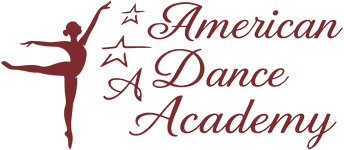
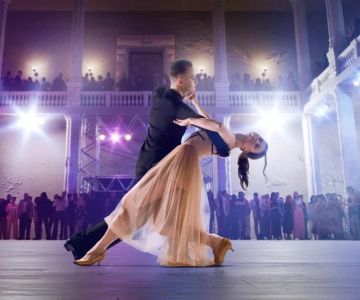
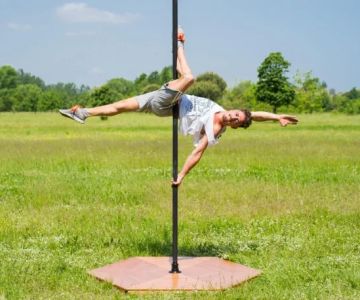
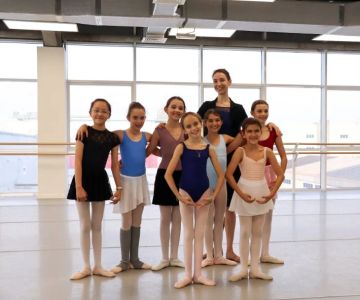
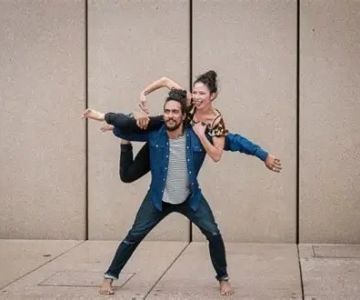

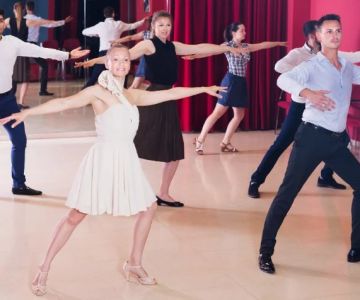
 Barrington Dance Academy5.0 (22 reviews)
Barrington Dance Academy5.0 (22 reviews)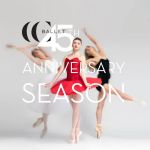 Canyon Concert Ballet4.0 (17 reviews)
Canyon Concert Ballet4.0 (17 reviews) Big City Dance Center LLC4.0 (25 reviews)
Big City Dance Center LLC4.0 (25 reviews) Tye Chua Dance & Kalamazoo Ballet5.0 (18 reviews)
Tye Chua Dance & Kalamazoo Ballet5.0 (18 reviews) Fenton Ballet Theatre4.0 (24 reviews)
Fenton Ballet Theatre4.0 (24 reviews) Front Street Dance Center5.0 (7 reviews)
Front Street Dance Center5.0 (7 reviews) Are There Dances in Middle School? What Students and Parents Should Know
Are There Dances in Middle School? What Students and Parents Should Know How a Dance School in Instagram Builds Community and Success
How a Dance School in Instagram Builds Community and Success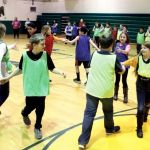 Why Do Schools Teach Square Dancing?
Why Do Schools Teach Square Dancing?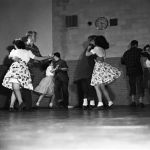 Why Was Square Dancing Taught in School?
Why Was Square Dancing Taught in School? Why Swing Dance Is Popular for Adults
Why Swing Dance Is Popular for Adults A School Dance: How to Prepare, Shine, and Make It Unforgettable
A School Dance: How to Prepare, Shine, and Make It Unforgettable